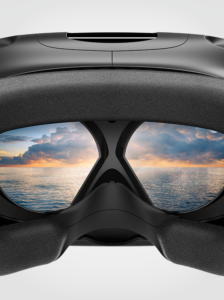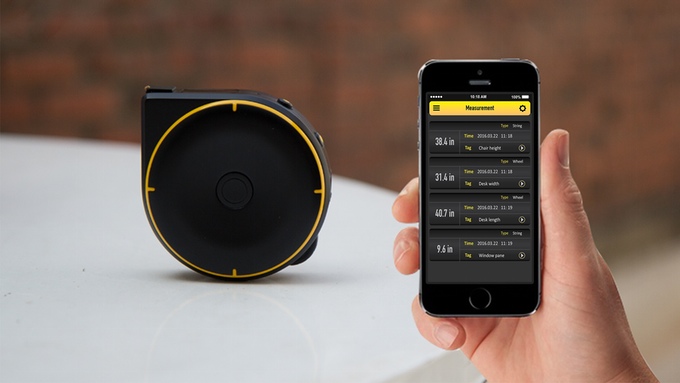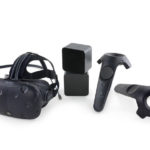HTC Vive: Brings high-end VR to your room

Virtual reality (VR) has become the hottest thing in tech since the dawn of smartphones. It’s a novel piece of technology that instantly transports you into a digital, virtual environment where you interact with your content the way you do in the physical realm. It gives an immersive canvas for you to see and feel – quite literally – anything in your virtual world. The advent of virtual reality technology has pushed a handful of companies to invest in developing the technology, beginning with making a VR headset that’s capable of bringing your digital content to your very eyes with a refined, immersive, high-end user experience. One of the more well-known and high-end VR headsets today is the HTC Vive. But what does the HTC Vive bring to the table?
Starting with the design, HTC and Valve worked together to bring the Vive’s media-centric design for virtual reality. It starts with the headset itself, which features a high-resolution 2160×1200 OLED screen, running at 90Hz for optimal buttery display performance. A 110-degree field of view (FOV) also gives an immersive viewing experience – by far, the HTC Vive has the widest FOV of any rivaling VR headset available. It may not give the most comfortable or ergonomic VR experience due to its weight, but the quality of the hardware present offsets some of its minor drawbacks in design.

High-end VR headsets, like the HTC Vive, require a powerful PC and peripherals enabling motion sensing and haptic (tactile) feedback. The Vive works by being tied to a compatible PC, preferably to a desktop rig. This PC must have all the grunt to push the content onto the Vive, where your digital media such as games must be rendered at a smooth 90 frames per second to eliminate perceived motion sickness. Wireless base stations work with the Vive’s handheld controllers, enabling its motion-based control capabilities. Numerous sensors built right into the face of the Vive headset also coordinates your precise movements and location to the base stations, which translates your physical movements onto the virtual world you’re in.
HTC Vive also presents itself as an intuitive media device, with an easy to use Steam VR interface and built-in smart features. With the games adopted for VR and specifically for the Vive, it won’t take too long for you to find a perfect match for your interests. It also lets you switch between games with a single press on your controller – there’s not much effort needed to change your VR experience as you see fit.
With all the features built right into the HTC Vive, it’s pretty cool to think about the boundaries of what it can do. Since the Vive is among the pioneers in the high-end VR market space, the cost of high-end VR might be too steep for some. To boot, a complete VR setup needs the Vive headset itself, which sells at approximately $799.00 – not to mention the additional PC hardware upgrades you need, which may vary but high-end graphics cards costs another few hundred dollars. However, if your budget really permits and you want the best VR experience right now, the HTC Vive might be the perfect fit. With the current VR situation, it solidly delivers the balance between performance and price for high-end VR setups. The HTC Vive is just one of the many VR products that drives the VR industry forward, and is a proof that technology really is evolving at a rapid pace.




